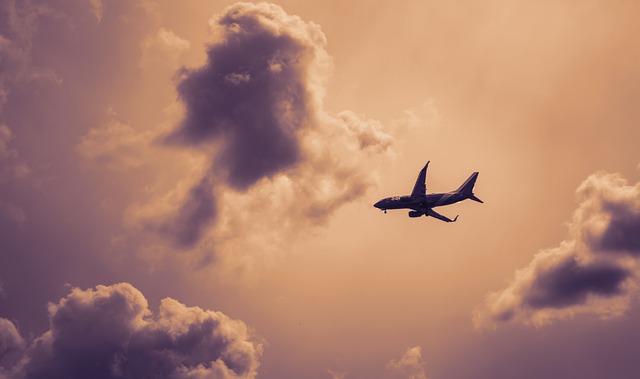
Best Seats on a Plane to Avoid Turbulence for Nervous Flyers
Where To Sit On A Plane For Anxiety?
[ Targeted Keywords: Best Seats On Plane To Avoid Turbulence, Best Place To Sit On A Plane For Less Turbulence, Nervous Flyer]
If you are a nervous flyer and want to reduce or avoid anxiety while flying on a plane, this article should help you out.
According to the National Institute of Mental Health, around 6.5 percent of the U.S. population suffers from aviophobia (fear of flying), and approximately 25% suffer from some form of flying-related anxiety.
“Fear of crashing, fear of being out of control, fear of the unknown, fear of heights, having lost a loved one in a plane disaster, and feeling claustrophobic are some of the key reasons some people are frightened to fly,” explains Ora Nadrich, a certified mindfulness meditation instructor and life coach. “Also, some people are bothered by the entire flying experience, including airport procedures, crowds, turbulence, unappealing food, confined space, and long flights.”
“Irrational, worst-case scenario ideas feed anxiety, and tight places generate prospects for nervous emotions,” noted Dr. Kevin Gilliland, a certified clinical psychologist and author of Struggle Well, Live Well. “Our fearful thoughts may be so powerful that they can stimulate our bodily systems,” he continued. This causes our breath to become shallow, our chest to tighten, our hands to sweat, we feel queasy, and we may even become lightheaded.”
In conclusion, you are not alone in your worry, and the anxiety you feel before and during your journey is quite genuine. But there are methods to overcome such worries, and it begins with a conscious mental transition. And understanding where to sit for anxiety on a plane.
Divert Your Focus:
Even if your flight is only an hour long, that’s plenty of time to sit, stew, and drive yourself up into a frenzy. Create a reasonable checklist of things you want to do while in the air before departure, and then work tirelessly to knock those items off. Perhaps you’d want to read a chapter of your book, come up with birthday present ideas, compose those long-overdue thank-you messages, work on a professional assignment, or arrange photographs on your phone or computer. Another kind of distraction is “visualization.” Imagine yourself at a lovely location, perhaps a place or country you have been to and enjoyed, or one you would like to visit. Allowing yourself to be able to think creatively in a place that calms, soothes, or pleases you will begin to relax you and lessen anxiety in your body.
Best Seats On Plane To Avoid Turbulence:
While many individuals enjoy flying, others dislike it for a variety of reasons. The biggest reason is turbulence, which may make people feel frightened and worried. To avoid turbulence, the best seats on the plane are either over the wings or at the front. The plane’s wings keep it balanced and smooth, but the tail of the plane might bounce up and down more. making the most of it by selecting the proper seat and arriving prepared may make or break a relaxing journey.
Before You Take Off:
To ensure you receive the seat you want on a flight, book at least a few weeks ahead of time, and if feasible, pick your seat when you book. If your airline offers open seats, check-in online and come early so you may be among the first passengers to board the plane. If you have a medical condition that necessitates specific seating to prevent turbulence, approach airport officials at your flight’s gate and inquire about booking a seat over the plane’s wings, moving seats at the last minute, or boarding early to secure a desired seat position.
Best Place To Sit On A Plane For Less Turbulence:
Though designed to endure turbulence, aircraft are not the most pleasant capsules when the outside air begins to hit harder. It is hard to escape the sensation of turbulence when it occurs, however specific seats in the cabin can diminish the severity of the feeling significantly. The closer a passenger is to the plane’s front, the less turbulence they will typically experience. If a passenger seat towards the front of the wings, with the engines behind them, they will experience less turbulence and a calmer ride. This usually implies between rows 10 and 30, but verify with your airline for particular rows since they vary per plane. The difference is subtle, but sitting in the middle or at the front of the plane implies you’ll be less affected by turbulence.
Concentrate On Your Breathing:
If you’re in the air and tend to nervousness, focus your attention on your breathing. “Anxiety frequently causes us to breathe shallowly and quickly,” explains experts. “Slow, deep breaths can help us relax the body, which typically leads to relaxation of the mind.”
Nervous Flyers Tips:
It is better for a nervous flyer (child or adult) or a person who is concerned about turbulence to sit towards the front of the plane. Given that the pilot is most likely avoiding turbulence from the front of the plane, you’re in a better position as well.
